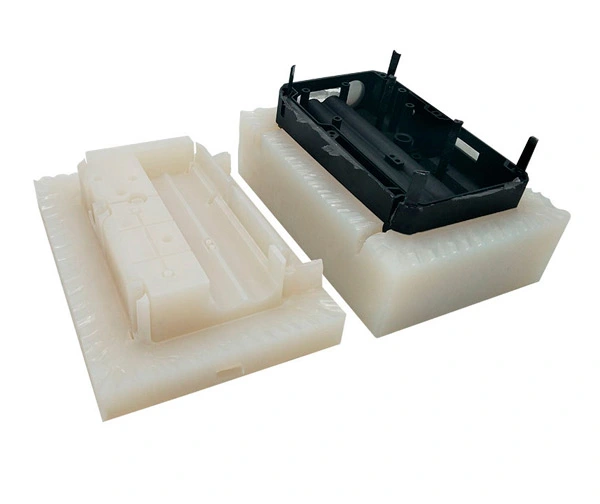Importance of Vacuum Casting Service in Medical Devices Prototype Manufacturing
Vacuum casting is a manufacturing process that can be used to create high-quality prototypes for a wide range of applications, including medical devices. The process of vacuum casting prototyping involves pouring liquid materials into a silicone mold and using a vacuum to remove any air bubbles or pockets. This results in a highly detailed and precise replica of the original object.
In medical device prototyping, vacuum casting is often used to create functional prototypes of complex medical devices, such as prosthetic limbs or implants. The process can produce high-quality prototypes that accurately replicate the shape and features of the final product, allowing designers and engineers to test and refine the device before mass production.
One of the benefits of vacuum casting for medical device prototyping is that it allows for the creation of multiple copies of the prototype, which can be used for testing and evaluation purposes. This helps to reduce the cost and time associated with the prototyping process.
Vacuum casting can also be used to create prototypes from a wide range of materials, including medical-grade plastics and metals. This makes it an ideal process for creating prototypes of medical devices that will be subject to rigorous testing and regulatory approval processes.
Overall, vacuum casting is a valuable tool in the medical device prototyping process, allowing designers and engineers to create high-quality, functional precision mechanical parts that can be used for testing, evaluation, and regulatory approval purposes.


 EN
EN
 jp
jp  ko
ko  fr
fr  de
de  es
es  it
it  pt
pt  tr
tr  ar
ar  iw
iw 






